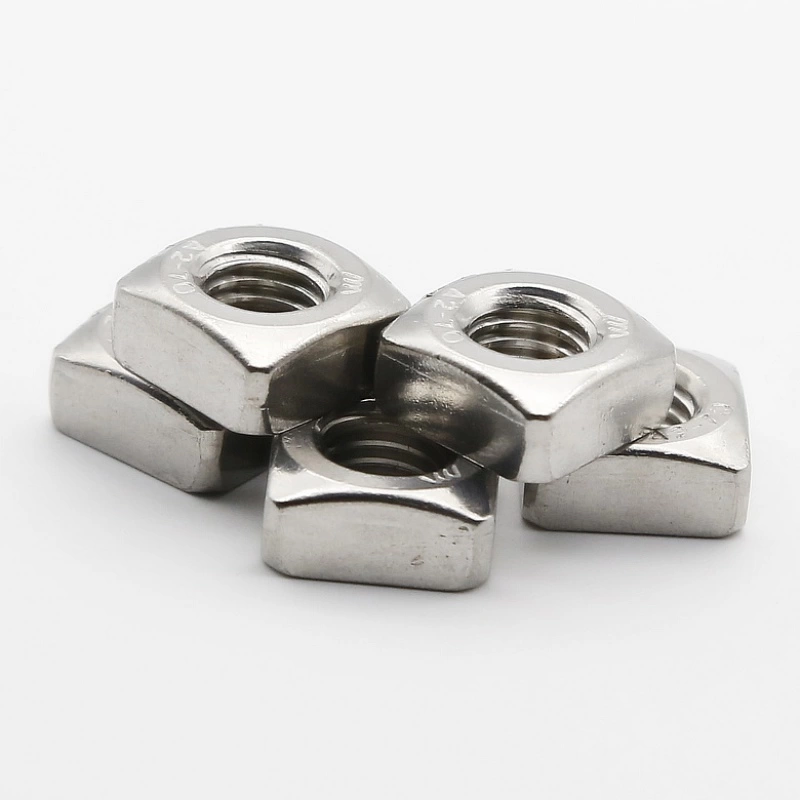

astm a36 anchor bolts
Dec . 05, 2024 02:34 Back to list
astm a36 anchor bolts
Understanding ASTM A36 Anchor Bolts Specifications and Applications
Anchor bolts are crucial components in construction and engineering, especially for securing structures to concrete foundations. One of the most commonly used materials for anchor bolts is ASTM A36 steel. This article provides an overview of what ASTM A36 anchor bolts are, their specifications, and their applications.
What is ASTM A36?
ASTM A36 is a standard specification issued by the American Society for Testing and Materials (ASTM) that covers carbon structural steel shapes, plates, and bars of structural quality for use in riveted, bolted, or welded construction. It is primarily used across a variety of industries, including construction, manufacturing, and heavy equipment. The A36 specification defines a material that possesses good weldability, machinability, and can be heat-treated to harden its strength.
The chemical composition of ASTM A36 steel includes a minimum yield strength of 36,000 psi (250 MPa) and comprises elements like carbon, manganese, phosphorus, sulfur, and silicon. This alloy provides good mechanical properties while maintaining a relatively low cost, which makes it an economical choice for anchor bolts.
Specifications of ASTM A36 Anchor Bolts
ASTM A36 anchor bolts are specifically designed to be embedded in concrete to create strong connections between structural elements and the foundation. The specifications include various aspects
1. Diameter and Length ASTM A36 anchor bolts come in a wide range of diameters (typically from 1/2 inch to 1 inch) and lengths, allowing for various applications depending on the load requirements and structural needs.
2. Threaded and Non-Threaded They can be produced in both threaded and non-threaded types, depending on the intended use. Threaded anchor bolts allow for adjustments and secure fastening, while non-threaded ones are often used in simple applications where movement isn’t necessary.
3. Coating Options To enhance corrosion resistance, ASTM A36 anchor bolts can be galvanized or zinc-coated. This is particularly important in environments exposed to moisture, chemicals, or harsh weather, where rust and degradation could compromise structural integrity.
astm a36 anchor bolts

4. Mechanical Properties The minimum yield strength must be 36,000 psi, while the tensile strength generally ranges between 58,000 to 80,000 psi. These mechanical properties ensure that the bolts can withstand substantial loads without failing.
Applications of ASTM A36 Anchor Bolts
ASTM A36 anchor bolts are widely utilized in numerous applications across different sectors
- Construction In building construction, they are used to secure steel columns, beams, and trusses to concrete foundations, which establishes the stability and safety of the structure.
- Bridges They play a vital role in bridge construction by anchoring various components and ensuring that the structural elements remain in place under dynamic loads.
- Industrial Equipment In industrial settings, anchor bolts are essential for securing machinery and equipment to concrete floors, which helps prevent movement during operation.
- Signage and Poles They are also used to hold down poles for traffic signs, streetlights, and utility poles, ensuring they remain upright and secure.
Conclusion
In summary, ASTM A36 anchor bolts are integral to a wide range of construction and engineering applications, providing strength, reliability, and versatility. Understanding their specifications and applications allows engineers and builders to select the appropriate anchor bolts for their projects, contributing to the overall safety and durability of the structures they create. With the combination of cost-effectiveness and excellent performance characteristics, ASTM A36 steel continues to be a preferred choice in the industry.
Latest news
-
High-Strength Hot-Dip Galvanized Bolts-Hebei Longze|Corrosion Resistance&High Strength
NewsJul.30,2025
-
Hot Dip Galvanized Bolts-Hebei Longze|Corrosion Resistance&High Strength
NewsJul.30,2025
-
Hot Dip Galvanized Bolts - Hebei Longze | Corrosion Resistance, High Strength
NewsJul.30,2025
-
High-Strength Hot Dip Galvanized Bolts-Hebei Longze|Corrosion Resistance, Grade 8.8
NewsJul.30,2025
-
Hot Dip Galvanized Bolts-Hebei Longze|Corrosion Resistance,High Strength
NewsJul.29,2025
-
High-Strength Hot Dip Galvanized Bolts - Hebei Longze Metal Products Manufacturing Co., Ltd.|corrosion resistance&high strength
NewsJul.29,2025

